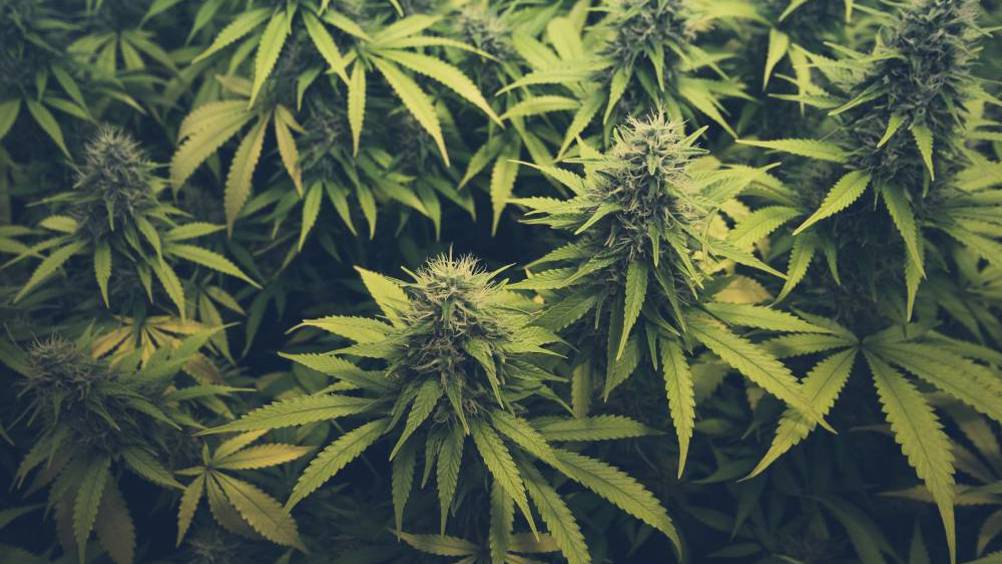References
Community nurses' support for patients with fibromyalgia who use cannabis to manage pain

Abstract
Supporting patients to manage chronic pain conditions, such as fibromyalgia (FM), remains a challenge for community nurses. Research suggests that despite the absence of a licensed cannabis-based product for medicinal use (CBPM) available for people with FM in the UK, there is an appetite for FM patients to use cannabis for pain management. Nurses have expressed anxieties when balancing tensions between helping patients and working within medical guidelines, as well as a need for further education about patient cannabis use. This article provides community nurses with insight into how cannabis use affects the pain experience for people living with FM. Despite potential harms, cannabis is perceived by users to have a positive impact on the lived experience of pain, and it may be preferred to prescribed opioid medication. This understanding can help to inform empathic practice and recommendations are made for reducing the risks of cannabis use to patient health.
Fibromyalgia is a chronic illness characterised by a dominant feature of widespread pain that lasts for at least 3 months (Fayaz, 2016). Additional symptoms may vary, but typically include fatigue, non-refreshed sleep, disturbances in mood and cognitive impairments (Macfarlane et al, 2016). As this condition is complex to diagnose, the prevalence of fibromyalgia in the UK is unclear. However, estimates suggest that between 2% (Queiroz, 2013) and 5.4% of the population (Jones et al, 2015) is likely to have fibromyalgia. Diagnosis in the UK is more common among women than men, tends to peak in patients aged between 30 and 59 years and is found among those from the poorest social backgrounds (Collin, 2017). Thus far, the causes of fibromyalgia remain incompletely understood; nevertheless, the pain and suffering experienced by those diagnosed with this condition are very real and debilitating. Patients report that the condition impacts on all aspects of life, including work, social relationships, leisure and optimism about the future (Wuytack and Miller, 2011):
Register now to continue reading
Thank you for visiting Community Nursing and reading some of our peer-reviewed resources for district and community nurses. To read more, please register today. You’ll enjoy the following great benefits:
What's included
-
Limited access to clinical or professional articles
-
New content and clinical newsletter updates each month

